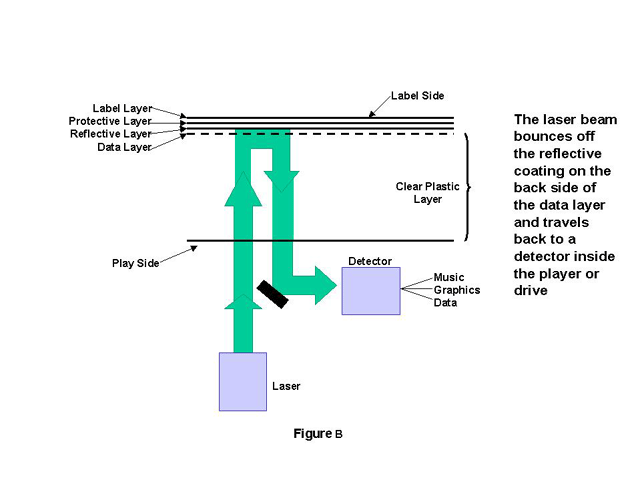DVD+R Information
DVD+R is an optical write-once disc format specification made to directly compete with the DVD-R. It is supported and maintained by the manufacturers of the DVD+RW Alliance (list is not exhaustive and is subject to change): Phillips, Hewlett-Packard, Mitsubishi, Sony, Ricoh, and Yamaha. In an unusual twist, DVD+R was introduced in 2002 after it’s rewritable cousin, the DVD+RW. Typically, re-writable media is created after write once media.
DVD+R engaged in the format war for dominance and support in the industry with DVD-R. The difference between the format rests in the disc’s individual tracking systems and speed control (ADIP for DVD+R and LPP for DVD-R).
Another functional difference between them is how they manage defects. The DVD Forum (the industry’s premier association) did not accept the DVD+R as an official format until 2008. There is much debate on the superiority of one or the other, but the industry has created dually compatible accessories that accept both formats, like hybrid drives.

DVD+R shares many similarities with DVD-R, and the differences to users could be negligible unless confronted with compatibility issues. The likeness in data capacity is close to identical in terms of gigabyte break down at 4.7GB for a single layer disc and 8.5GB for a double layer disc.
DVD+R is a dye-based recording medium. The disc itself consists of several layers. There are two polycarbonate substrate layers, one serves as a protective “dummy” layer, while the other contains the microscopic pits that encode binary data. The drive’s laser imprints the dye-based recording layer. There is also a transparent adhesive layer for the laser’s readability of the data.
The plus format functions at a higher frequency than its dash format competitor. It uses an ADIP (Address in Pre-groove) disc system which controls how the laser is guided and the speed with which it operates in the drive. This system is praised for withstanding electrical noise and disc tilting.
Another advantage to DVD+R is its system of lossless link which gives the user the best use of their recording time. Lossless linking can reduce the number of empty data areas between recording sessions.
DVD+R has backwards compatibility with drives and players at approximately 85%. Its high storage capacity is suited for a variety of consumer and business applications. Finalizing a DVD+R—which will prevent further recording sessions—takes just one minute per disc compared to approximately fifteen minutes for DVD-Rs.

